Telecoms Civils
Streetworks related to telecommunications and civil engineering involves the installation, maintenance, and repair of telecommunications infrastructure within public streets and roads, often requiring excavation, trenching, and reinstatement of the road surface. This work is regulated by the New Roads and Street Works Act (NRSWA) in the UK.
Key aspects of streetworks in this context:
Excavation and trenching: Digging trenches in roads or pavements to install or repair telecommunications cables and associated infrastructure like ducts, chambers, and street cabinets.
Reinstatement: Restoring the road surface, pavement, or ground to its original condition after excavation work.
Cable avoidance: Using tools like Cable Avoidance Tools (CATs) and ground penetrating radar (GPR) to locate underground utilities and prevent damage during excavation.
Permit sharing: Coordinating with other utilities and local authorities to minimize duplication of work and reduce disruption.
Traffic management: Ensuring safe and efficient traffic flow during streetworks.
Compliance with regulations: Adhering to the NRSWA and other relevant regulations.
Examples of work included in streetworks:
Installing new telephone poles or cables.
Repairing damaged cables or ducts.
Installing or repairing street cabinets.
Constructing or repairing manholes and jointing chambers.
Blockage clearance of underground duct routes.
Diversion of telecommunications plant for roadworks projects.Fully trained and certificated operatives in telecommunications civil engineering, our teams and vans , are facilitated , kitted out , to undertake all tasks efficiently and with military minded precision .
We take pride in our building some of the hardest sites in the country Scotland and Wales during the past in the 5G rollout for EE Greenfield
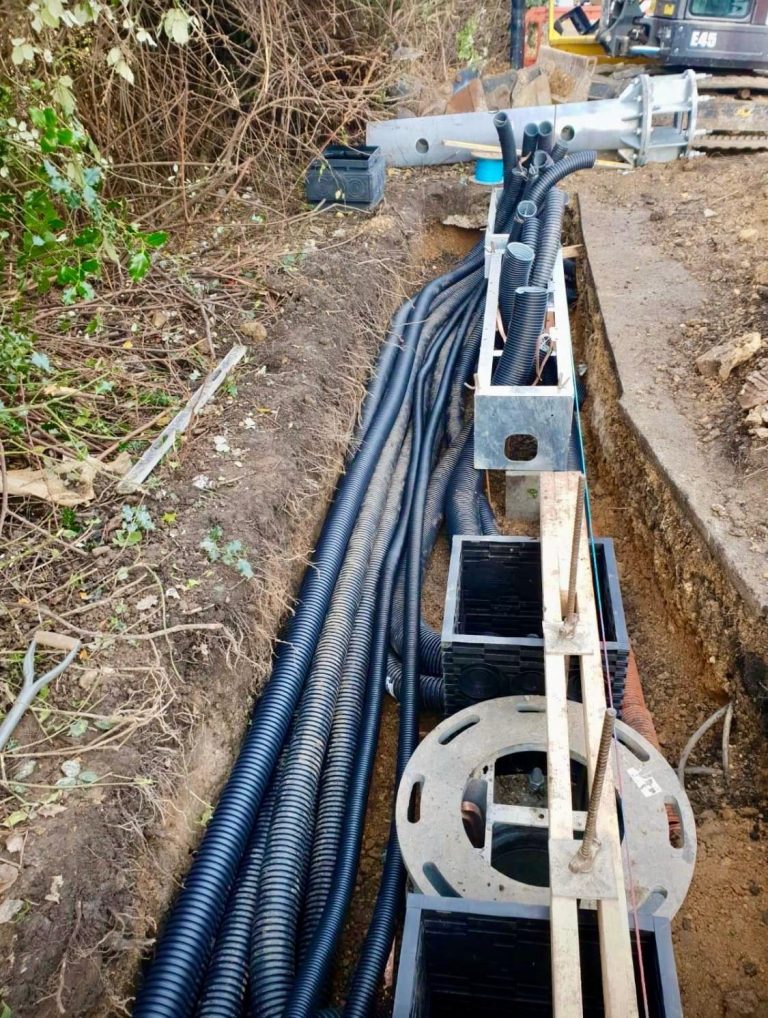
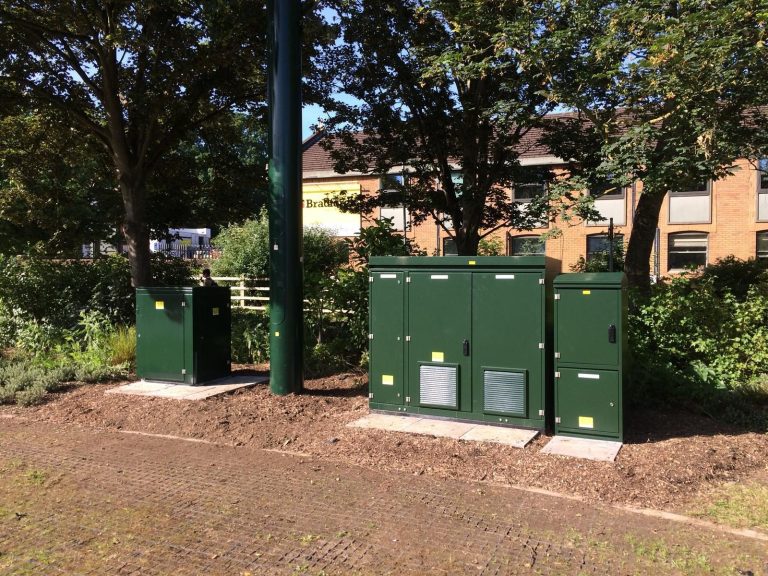
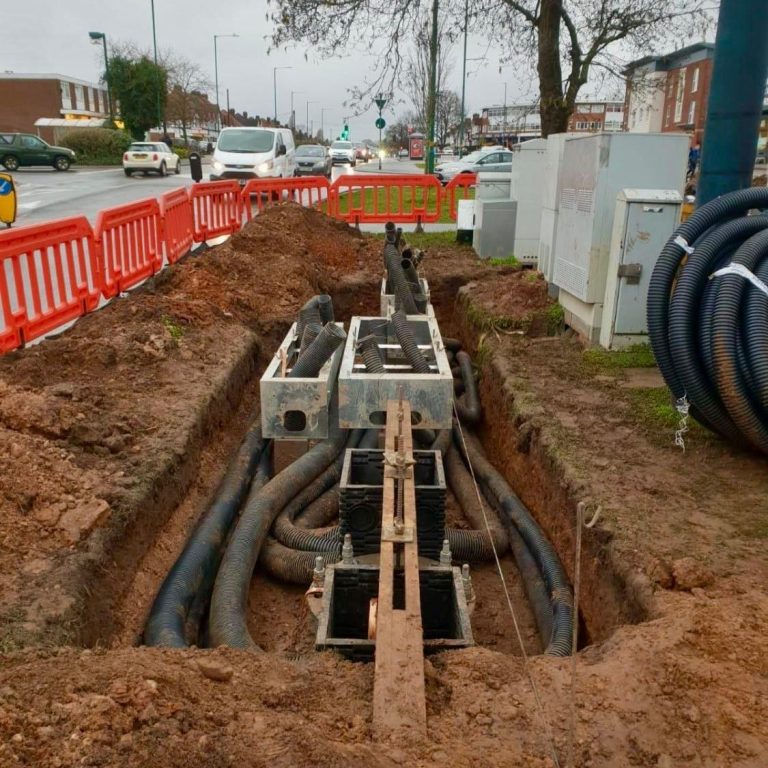
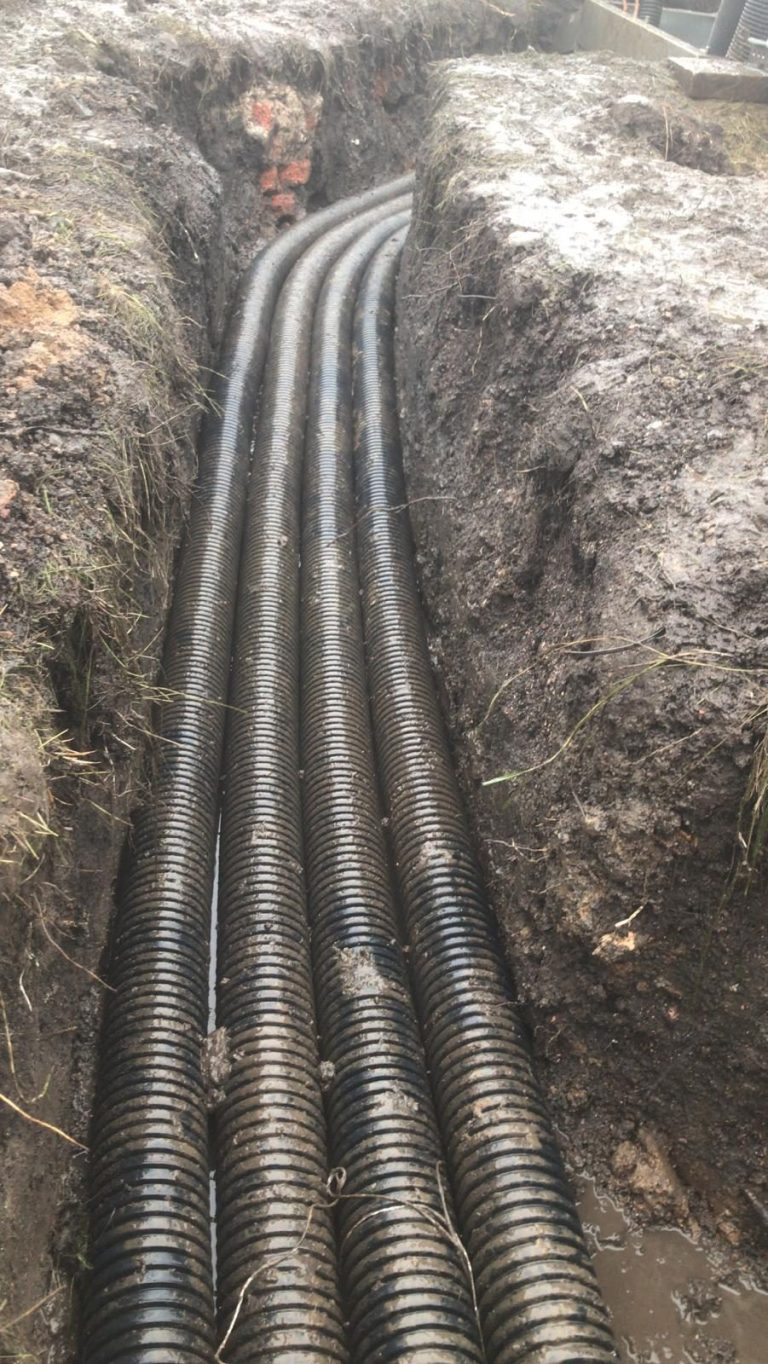
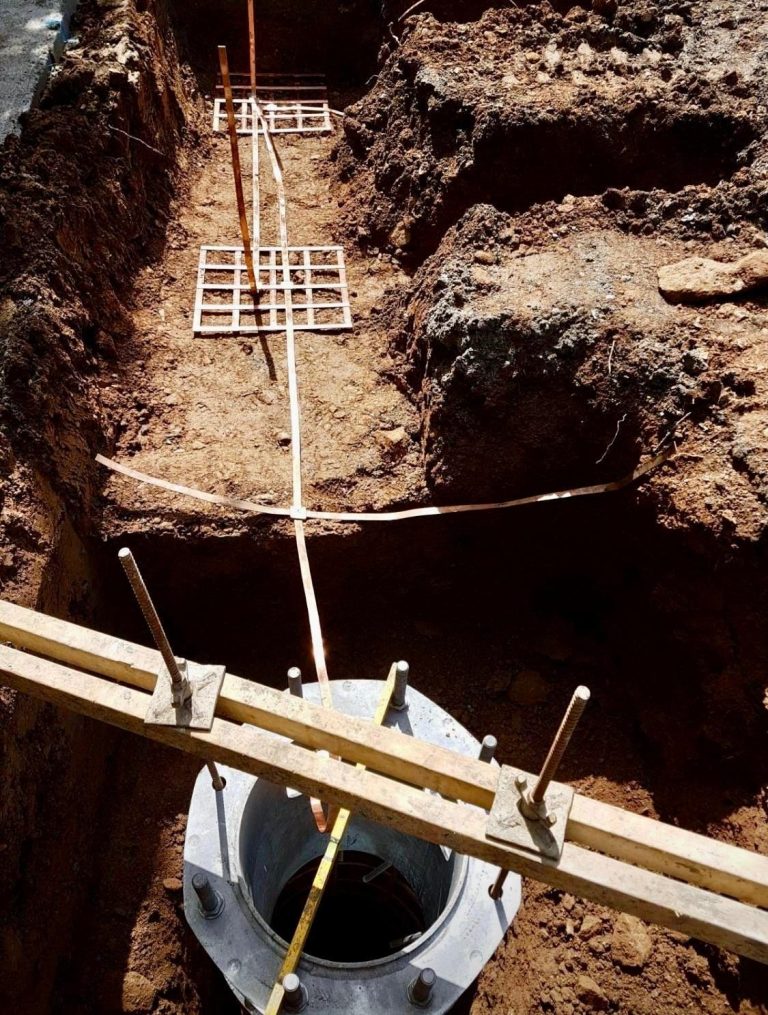
services
From pre-construction to project completion, we'll work with you every step of the way.




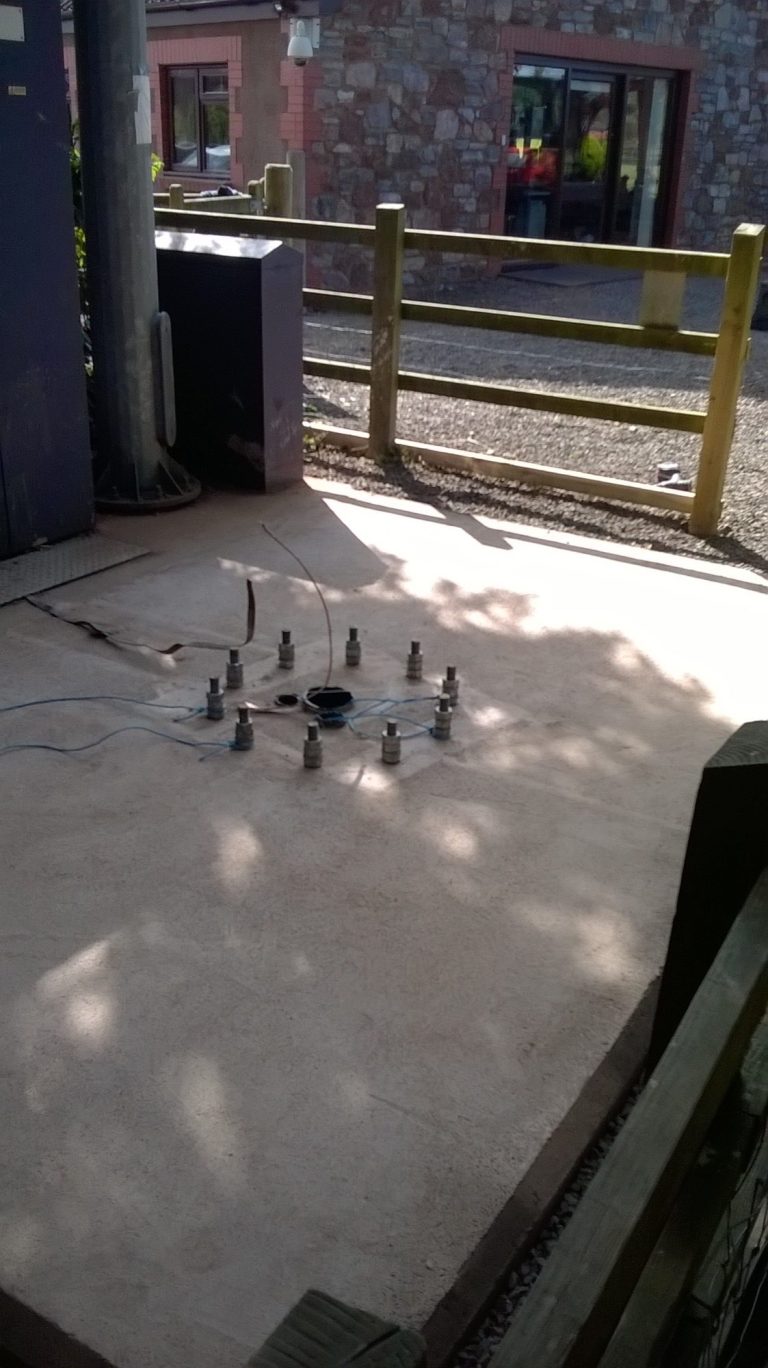
Reinforced Concrete Bases
Reinforced concrete bases, often called slabs, are fundamental to construction, providing a strong, durable, and level foundation for various structures. They are used in residential, commercial, and industrial projects, particularly where ground conditions are unstable or heavy loads are anticipated.
What are they?
Reinforced concrete bases are essentially concrete slabs reinforced with embedded steel bars (rebar) or mesh. This combination of materials leverages the compressive strength of concrete and the tensile strength of steel to create a robust and resilient foundation.
Why are they used?
Stability:
They ensure the structure is firmly anchored and less susceptible to movement or settlement, even in challenging soil conditions.
Strength:
They can withstand significant loads, making them suitable for a wide range of structures, from houses to high-rise buildings.
Durability:
Reinforced concrete is known for its longevity and resistance to environmental factors, including weather and chemical attack.
Versatility:
They can be used for various applications, including floor slabs, foundation walls, and even as a base for heavy machinery.
Cost-effectiveness:
In many cases, reinforced concrete is a cost-effective solution compared to other foundation types.
How are they built?
The process typically involves excavating the ground, creating formwork to hold the concrete in place, installing the rebar, pouring the concrete, and allowing it to cure. The reinforcement is carefully placed within the formwork to ensure it's properly embedded in the concrete.
When are they used?
Reinforced concrete bases are particularly well-suited for:
Unstable soil: They help distribute the load evenly and prevent settlement.
High-rise buildings: They provide a strong and stable base for tall structures.
Heavy machinery: They can support the weight of large machinery and equipment.
Industrial applications: They are commonly used in warehouses, factories, and other industrial buildings.
Retaining walls and basements: They provide a strong and durable foundation for these structures.
Greenfield,s
Greenfield telecommunication sites are new, undeveloped locations where telecommunication infrastructure, like cell towers, are built from scratch. These sites are often found in rural or remote areas, or on industrial sites with tall lattice towers. They are characterized by the absence of existing infrastructure and may require significant work to prepare the ground and install necessary services.
Here's a more detailed look at what makes a greenfield telecommunication site unique:
Key Characteristics:
New Construction:
Greenfield sites involve building new infrastructure from the ground up, unlike brownfield sites which utilize existing structures.
Remote Locations:
These sites are frequently located in areas with limited existing infrastructure, such as rural or remote areas.
Towers and Infrastructure:
Greenfield sites typically feature tall lattice towers, steel monopoles, or timber-clad poles, along with the necessary supporting infrastructure like foundations and power supplies.
Access Restrictions:
Greenfield sites are usually fenced off and have limited access to protect the equipment and personnel working there.
Potential Challenges:
Greenfield sites may face challenges related to obtaining necessary permits, accessing utilities, and managing potential environmental impacts.
Examples:
Cell Towers: Many cell towers are built on greenfield sites, especially in areas where existing infrastructure is insufficient or where new 3G, 4G, or 5G networks are being deployed.
Other Telecommunications Infrastructure: Greenfield sites can also be used for other telecommunications infrastructure, such as microwave communication towers or fiber optic cables.
Data Centers: Greenfield sites can also be used for building new data centers.
Benefits:
No Existing Infrastructure Constraints: Greenfield sites offer the flexibility to design and build infrastructure from scratch, without the limitations of existing structures.
Improved Performance: This freedom can lead to more efficient and reliable network designs.
New Technologies: Greenfield sites are often used to deploy new telecommunications technologies.
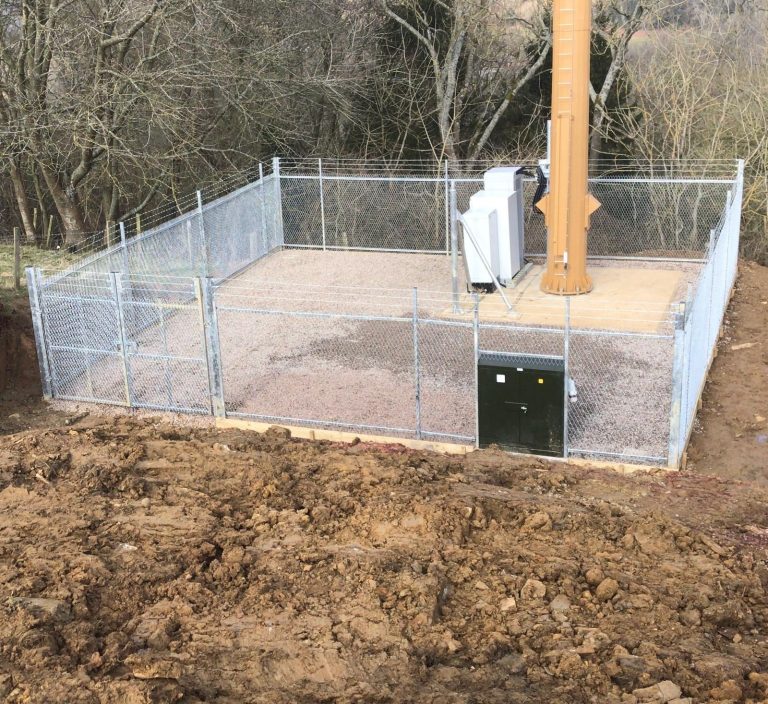

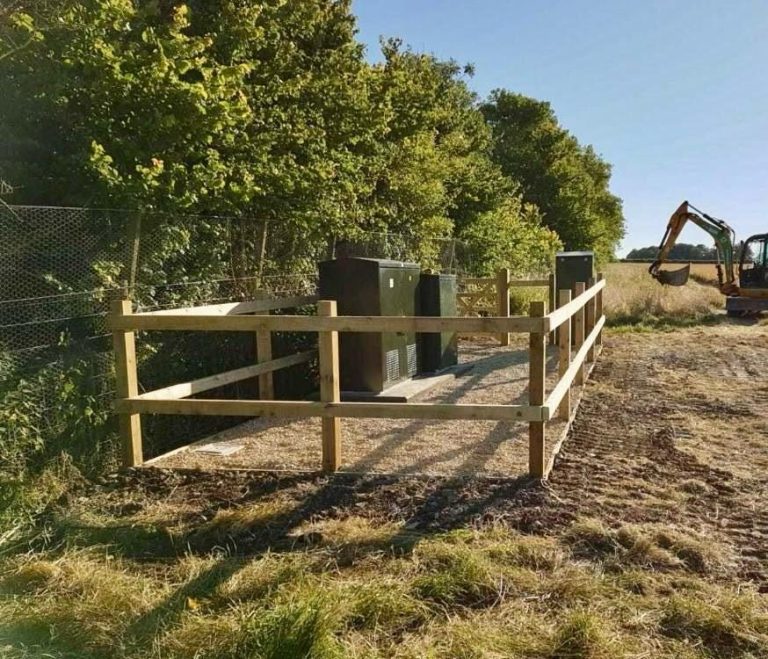



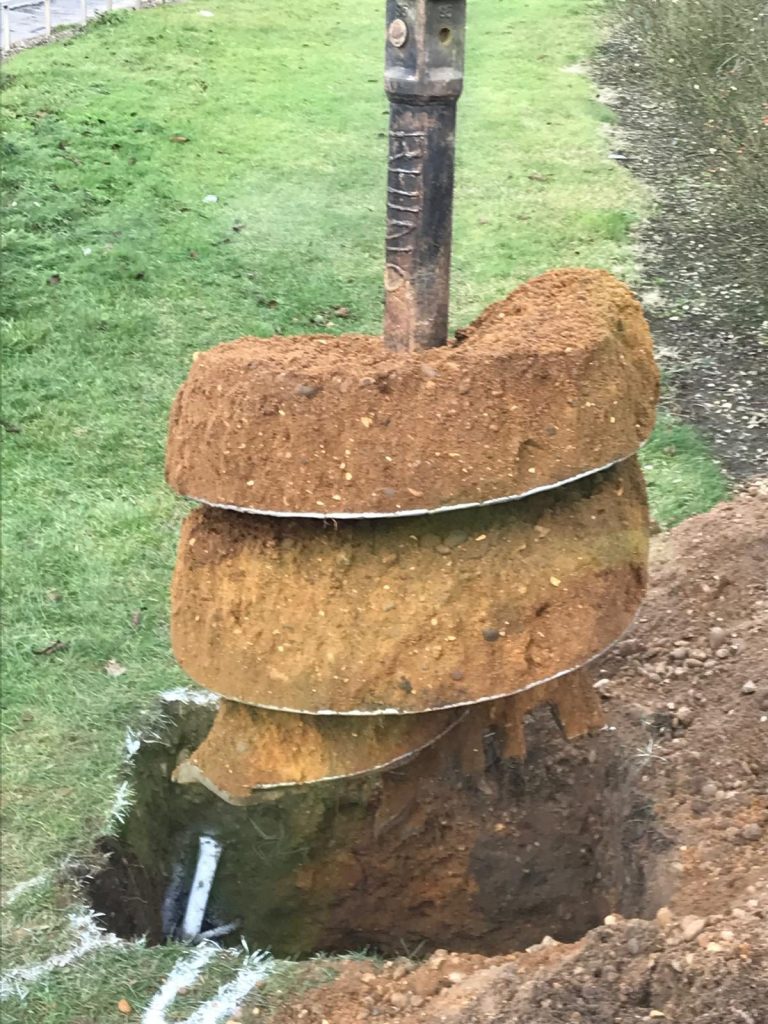




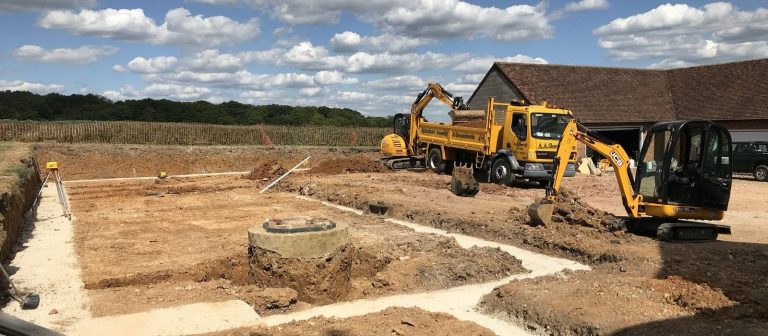
Groundworks
Highly qualified and motivated professionals
Groundwork, in a construction context, refers to the preparatory work done to prepare the sub-surfaces and site for the start of construction. This includes activities like excavation, site clearance, foundation construction, and the installation of utilities such as drainage and utilities. It's essentially the foundation upon which the rest of the building or structure is built.
Key aspects of groundwork include:
Excavation and Site Clearance: Removing existing vegetation, soil, and debris to prepare the area for construction.
Foundation Construction: Building the structural base for the building or structure.
Utility Installations: Installing drainage systems, sewer lines, and other utilities required for the building.
Ground Stabilization: Treating or reinforcing the soil to ensure it can support the building's weight and withstand environmental conditions.
Trenching: Digging trenches for utilities, foundations, or other subsurface works.
Landscaping: Preparing the ground for landscaping features like lawns, gardens, and driveways.
Groundwork is typically the first phase of a construction project, laying the groundwork for the main construction work to begin. It's a crucial step in ensuring the stability and functionality of the finished structure
Groundworks including ducting, kerbing, drainage and oversights.
Deep excavation and trenching work
Core-drilling of walls and footings including reinforced concrete
Both asphalt and modular surfacing
Manhole construction
We have vast experience and expertise in all aspects of groundworks and civil engineering.
Each project is undertaken with a high degree of professionalism, ensuring all our groundwork’s
and civil engineering works are carried out to the satisfaction of our clients.
Ground Remediation
Excavations
Foundations
Earthwork Support
Piled Foundations
Temporary Works
Drainage Systems
Services
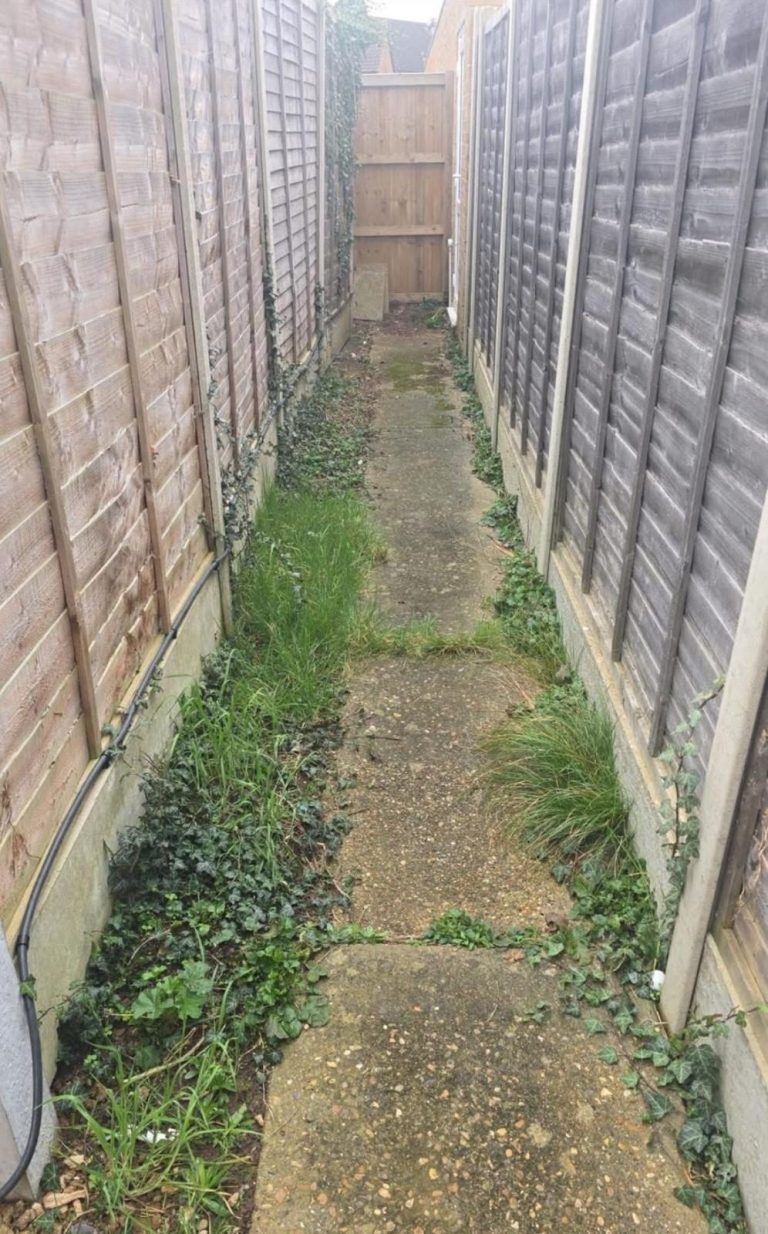
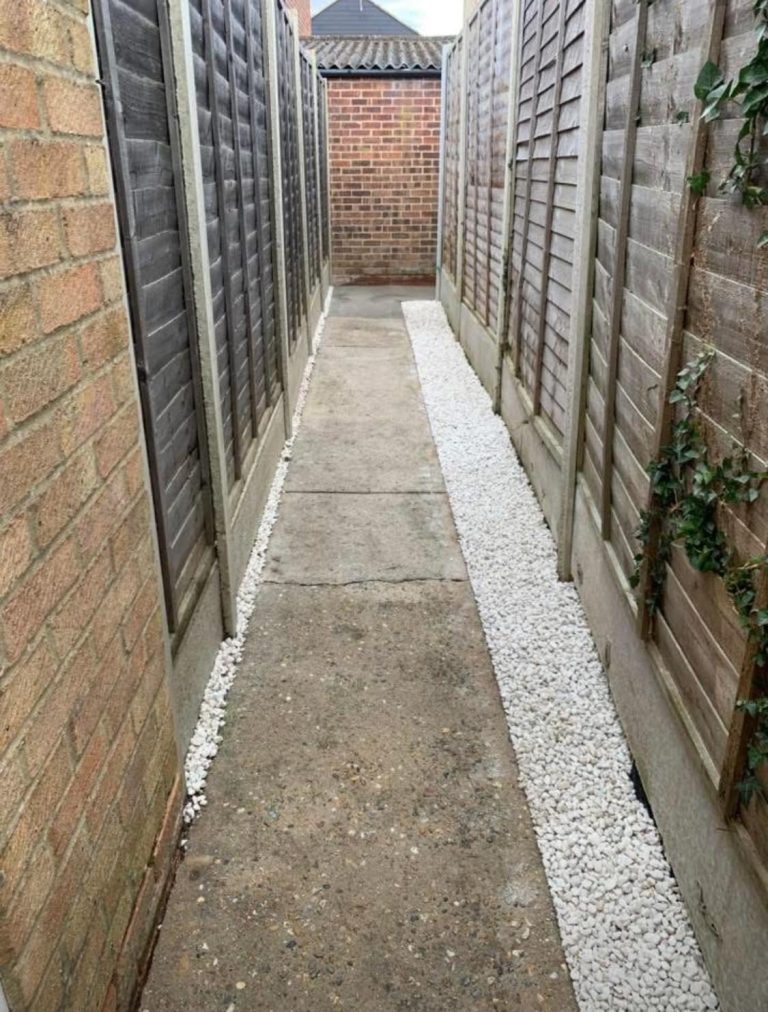


Landscaping
Highly qualified and motivated professionals
Landscaping refers to the design, planning, and implementation of changes to an outdoor space, including both the visible features of the land and the plants that inhabit it. It involves creating and maintaining a beautiful, functional, and harmonious outdoor environment.
Here's a more detailed breakdown:
Core Aspects of Landscaping:
Design and Planning:
Landscaping involves creating a plan that considers the site's features, the client's preferences, and the desired aesthetic.
Planting:
This includes selecting, installing, and maintaining various types of plants, such as trees, shrubs, flowers, and ground cover.
Hardscaping:
This refers to the non-living elements of landscaping, such as paths, walls, fences, patios, and decks.
Maintenance:
Landscaping also involves ongoing care and upkeep of the space, including mowing, trimming, weeding, and watering.
Enhancing Functionality:
Landscaping can also address functional needs, such as drainage, erosion control, and creating usable spaces.
Examples of Landscaping:
Residential Landscaping:
Improving the appearance and functionality of a homeowner's property, including planting trees, shrubs, and flowers, as well as installing patios, walkways, and other features.
Commercial Landscaping:
Creating aesthetically pleasing and functional outdoor spaces for businesses, such as parks, green spaces, and public areas.
Public Landscaping:
Designing and maintaining public spaces, including parks, plazas, and gardens, for the enjoyment of the community.
Key Considerations in Landscaping:
Site Analysis:
Understanding the existing conditions of the site, such as soil type, drainage, and sunlight exposure, is crucial for successful landscaping.
Client Consultation:
Working closely with the client to understand their vision and preferences is essential for creating a landscape that meets their needs and expectations.
Sustainability:
Incorporating sustainable practices, such as using native plants and conserving water, can help to create a more environmentally friendly landscape.
We need your consent to load the translations
We use a third-party service to translate the website content that may collect data about your activity. Please review the details in the privacy policy and accept the service to view the translations.
